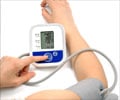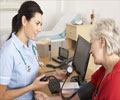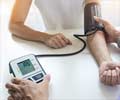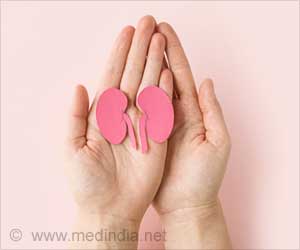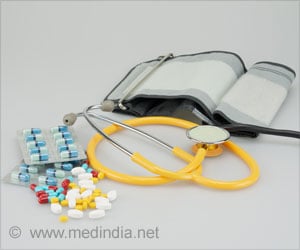Home-use blood pressure cuffs led to better management of hypertension (high blood pressure). Basic devices simply display blood pressure.

‘When patients are diagnosed with hypertension – as nearly half of American adults have been – they are often advised to buy a blood pressure monitoring device to use at home. Daily home readings paint a clearer picture of a patient’s blood pressure than those taken every few months at the doctor’s office.’





The paper is published in JAMA Internal Medicine. “We think this study is important because it provides practical real-world answers for doctors and patients,” said corresponding author Mark J. Pletcher, MD, MPH, a UCSF professor of epidemiology and biostatistics.
Left unchecked, hypertension can lead to heart attack and stroke, but fewer than half of patients with the condition have it under control. Studies show that uncontrolled blood pressure contributes to half a million deaths annually in the United States. Yet when patients look online to purchase a monitoring device, they can be overwhelmed by options: Hundreds of devices, ranging in price from approximately $25 to $100, are available online or in stores.
Get the Most out of Home Blood Pressure Monitoring
In the new study, researchers compared the effectiveness of the two device types in lowering blood pressure when used by patients from more than 20 medical centers around the country.Researchers randomly mailed either a basic device or a popular Bluetooth-enabled device to more than 2,000 patients with high blood pressure, of whom approximately one-third identified as Black or Hispanic. To replicate real-world circumstances, the researchers did not seek to influence how doctors managed patients or how patients used the devices.
“There have been a lot of studies suggesting that with home monitoring, the more support and handholding you give, the better results you get for blood pressure control. But most of these programs are really hard and expensive to implement,” Pletcher said. “We thought commercially available technology might help by providing patients with reminders to check their blood pressure, and the ability to visualize and understand the data.”
Advertisement
There was no statistically significant difference in the improvements patients saw or in their satisfaction with the devices.
The findings allow doctors to confidently advise their patients to purchase and use whichever blood pressuring monitoring device they like best, the authors report. Patients who prefer to save money or avoid the hassle of connecting a device will not limit their potential health benefits.
“There’s a cost issue with the Bluetooth devices, and the time and effort involved in connecting them to a smartphone is really not trivial. As it turns out, there doesn’t appear to be any benefit to any of that,” Pletcher said. “What seems to matter is engagement and support from health care providers.”
The research team is continuing to explore whether technology can help doctors engage patients to control their hypertension. One area of particular focus is a smartwatch-style monitor that continuously tracks blood pressure with no action required of the wearer.
Source-Eurekalert



